01
Learn More About Music Therapy
Music therapy is a treatment method that uses all forms of music related activities as means, such as listening, singing, instrumental performance, music creation, lyrics creation, impromptu performance, dance, art and so on, to improve or maintain the cognitive, verbal, physical, emotional, and other dysfunction caused by the disease.
In the 1940s, music therapy, as an independent discipline, was first created in the United States. After more than half a century of development, music therapy has become a mature and complete marginal discipline. It has established hundreds of clinical treatment methods and formed many theoretical schools. So far, the United States is also the most developed country in music therapy.
In 1998, Dr. Bruscia, Professor of Temple University, proposed the definition of music therapy:
Bruscia (1998) says, “Music therapy is a systematic process of intervention wherein the therapist helps the client to promote health, using music experiences and the relationships that develop through them as dynamic forces of change”
The definition emphasizes:
1. Music therapy is a scientific and systematic treatment process, which includes the application of various methods and schools of theory, rather than a simple therapy.
2. The process of music therapy is not random or single intervention, but a rigorous and scientific systematic intervention process including assessment, long-term and short-term treatment setting, creation and implementation of treatment plan and evaluation of treatment outcome.
Music is a powerful sensory stimulation and multi-sensory experience. Music includes audible sound (auditory stimulation) and perceptible acoustic vibration (tactile stimulation). It can also produce visual stimulation when watching live performance. Under the background of music, dance or movement can produce muscle kinesthetic stimulation. In the experience of music structure, it can also attract and maintain people's attention for a long time and promote people's ability of attention and concentration. Moreover, all the above experiences are accompanied by a sense of pleasure.
As a non-drug intervention, music therapy shows no side effects. Therefore, it is easily accepted by the elderly. During a treatment, what music therapists take is not a thermometer, stethoscope, or cold rehabilitation equipment, but various musical instruments like guitar, accordion, and African drum. Music is the “medicine” they use to treat patients.
Music therapy works for a wide group – in helping patients with Parkinson delaying the deterioration; helping patients with stroke to restore speech function, and improving patients’ gross or fine motors, and relieving pains with targeted rehabilitation training; helping dementia elderly delay the memory degradation; helping special children improve activity ability and physical coordination; helping sub-healthy office workers relax and relieve the stress from work...
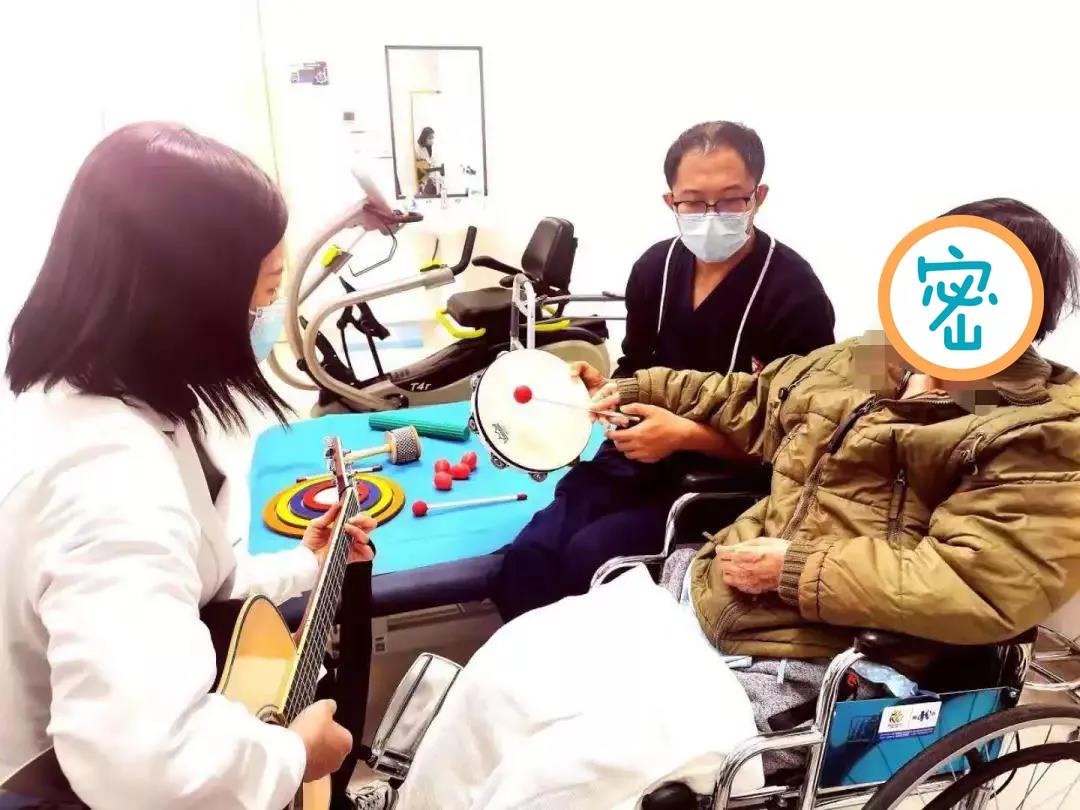
02
Music Rehabilitation Journey for Patients with Parkinson
For many patients who need rehabilitation treatment, music is a useful, novel and interesting rehabilitation treatment experience. Next, GRS would like to share with you an interesting journey of music rehabilitation treatment for Patients with Parkinson.
In the Parkinson’s rehabilitation exchange activity launched by Jing Dong Medical District of PLA General Hospital, the music therapist Yvonne Cui has led everyone to experience a “Music Rehabilitation Journey for Patients with Parkinson", which helped patients relax and better carry out rehabilitation treatment in the melody of music.
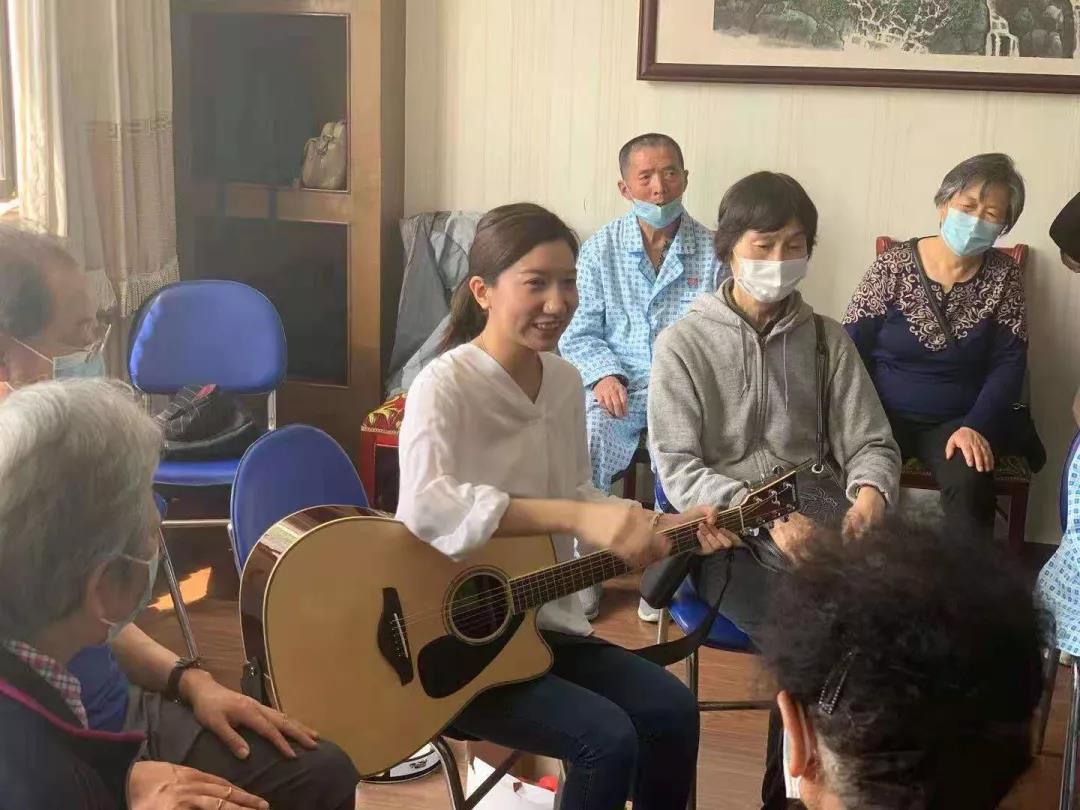
The process of making sound is the process of treatment, in which patients not only rehabilitate physically, but sooth the mood.
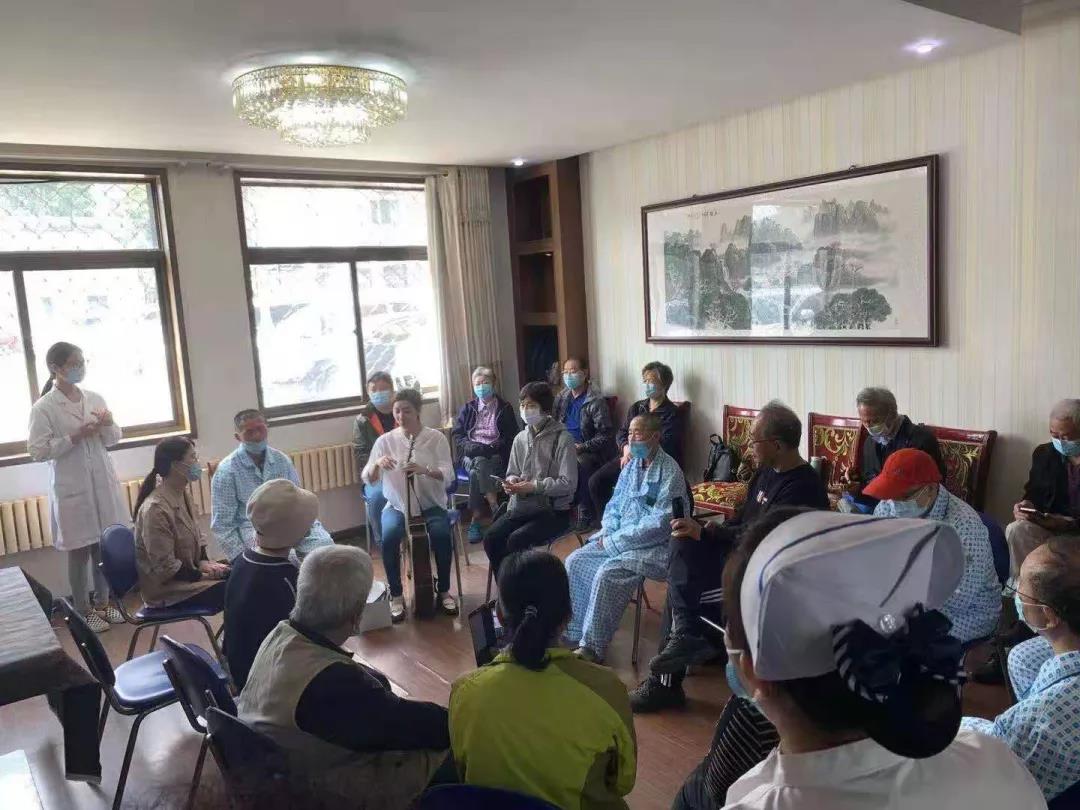
Wrinkled faces and chaotic eyes due to aging slowly stretch and light up in the gently swaying music tunes. At that moment, all hearts were filled with joy.
03
Explore Together - How Music Therapy can help patients with Parkinson?
Patients with Parkinson's disease have some impairment of language and movement function (such as movement retardation, tremor and stiffness), and feel great changes at the cognitive and emotional levels.
Music therapy can not only be used to regulate people's emotion, cognition and social communication, but also help people improve their gait through rhythm. In the process of music therapy, let patients exercise or ambulate according to a fixed rhythm, which is more helpful to improve their movement mode.
Although patients with Parkinson's disease can also feel rhythm frequency visually and tactile, the human auditory system has more unique advantages because of its faster response and stronger ability to perceive rhythm periodicity and structure.
In music therapy, music therapists use different music rhythms to help patients with Parkinson improve gait (speed, frequency and step length), make extremities movement more coordinated, improve posture control ability and balance ability.
There are many methods and techniques of music therapy. Here are three common methods of music therapy to improve movement dysfunction in patients with Parkinson's disease:
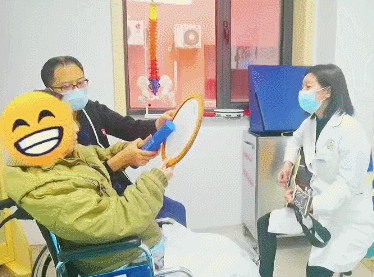
Pattern Sensory Enhancement (PSE)
For Parkinson’s patients with poor limb coordination, poor hand-eye coordination, weak upper and lower limbs strength and bradykinesia, the rhythm, melody, harmony and strength factors of music can be used to provide speed, space and strength tips for functional training and daily activities.
For example, a variety of arm and hand movements, similar to the functional movement sequence of dressing and alternating standing and sitting.
Therapeutic Instrumental Music Performance (TIMP)
For Parkinson's patients with static tremors, poor coordination of upper limbs, upper and lower limbs weakness and bradykinesia, musical instruments can be used to train and stimulate functional movements; and gross and fine motors can be trained purposefully and therapeutically.
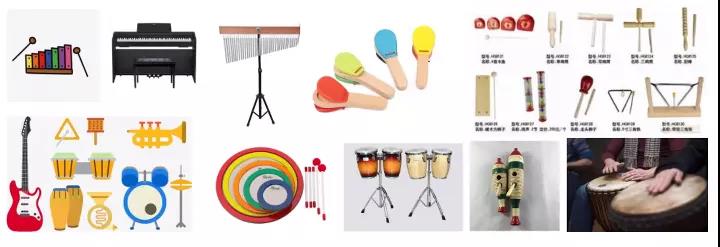
Rhythmic Auditory Stimulation (RAS)
For Parkinson’s patients with too fast/too slow cadence, unstable walking rhythm and poor balance, the inherent rhythm repetition characteristics can promote the walking performances.
In addition to improving mobility dysfunction, individual or group music therapy activities can also help improve the common emotional problems of patients with Parkinson such as depression, anxiety, fear, emotional fragility, poor self-control, poor willpower, behavioral dependence and passivity, reduce tension, anxiety and loneliness, and improve the quality of life and spiritual life of patients with Parkinson's.
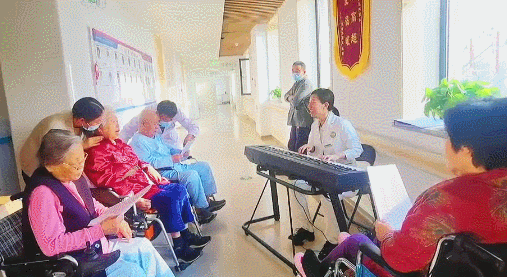
04
Words in the End
Over the past 20 years, research and practice have proved that music therapy can improve patients' mood and relieve stress, and effectively improve the dysfunction of patients with Parkinson.
